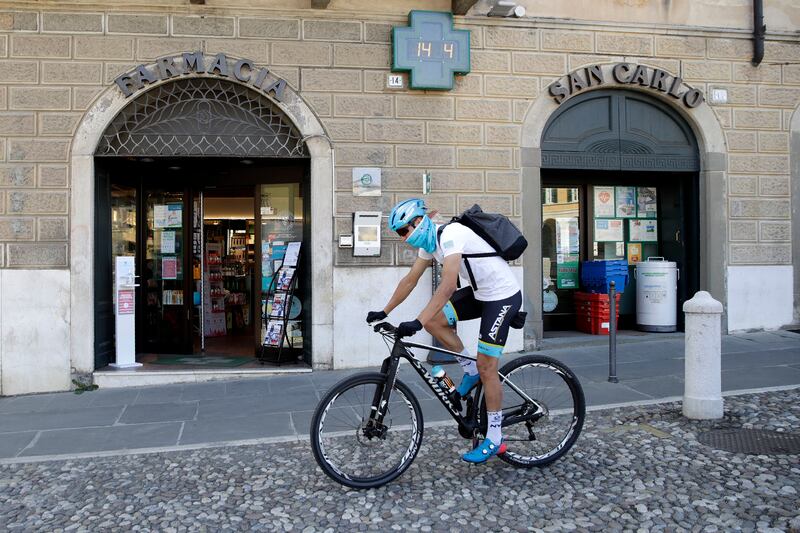At the height of the pandemic, the bike store Bicycle Habitat in New York City could easily sell any bike it stocked. “Lines formed down the block for whatever was available on a given day,” according to The Wall Street Journal.
But today, owner Charlie McCorkell has many fewer interested buyers, and the ones he has are much pickier than before.
“He has roughly 2,000 bikes in stock, more than double what he would prefer; sales for 2022 are expected to be lower than 2019; and some customers are willing to walk out the door over a bike’s color,” The Wall Street Journal reported.
The article offered an overview of a bicycle industry crisis: Bike companies that set sales records in 2020 when Americans needed any excuse to get outside are now twiddling their thumbs as hundreds, if not thousands, of unsold bikes collect dust.
“Revenue at U.S. bicycle retailers declined by 7% in January through June versus last year, according to market research group NPD, compared with jumps of 46% and 4% during the same periods in 2020 and 2021,” The Wall Street Journal reported.
In the early months of the pandemic, demand was so high that bike stores could hardly keep up. A June 2020 CNN article compared bicycles to toilet paper, noting that supply chain issues interfered with inventory and repair work.
When supply chain conditions finally improved, many shops placed big orders, assuming sales records would continue to be set. That’s why they’re in trouble now.
“The decisions were made a long time ago under very different circumstances,” said ElliptiGo Inc. Chief Executive Bryan Pate to the Journal. “And the world is not the way it was back then.”
Companies like Peloton that sell stationary bikes for in-home exercise are also struggling, the article noted, as Americans return to their pre-pandemic routines.
“When consumers emerged from lockdowns, they lost interest (in Peloton),” the Journal reported.
The one segment of the bike industry that seems to still be doing well is the market for high-end bikes used by more serious riders.
“Bikes that enthusiasts go for — which typically cost more than $1,500 — still have wait times, as do supplies of certain parts such as gears and brakes, according to several retailers and McKinsey & Co. partner Alexander Thiel,” the Journal reported.


